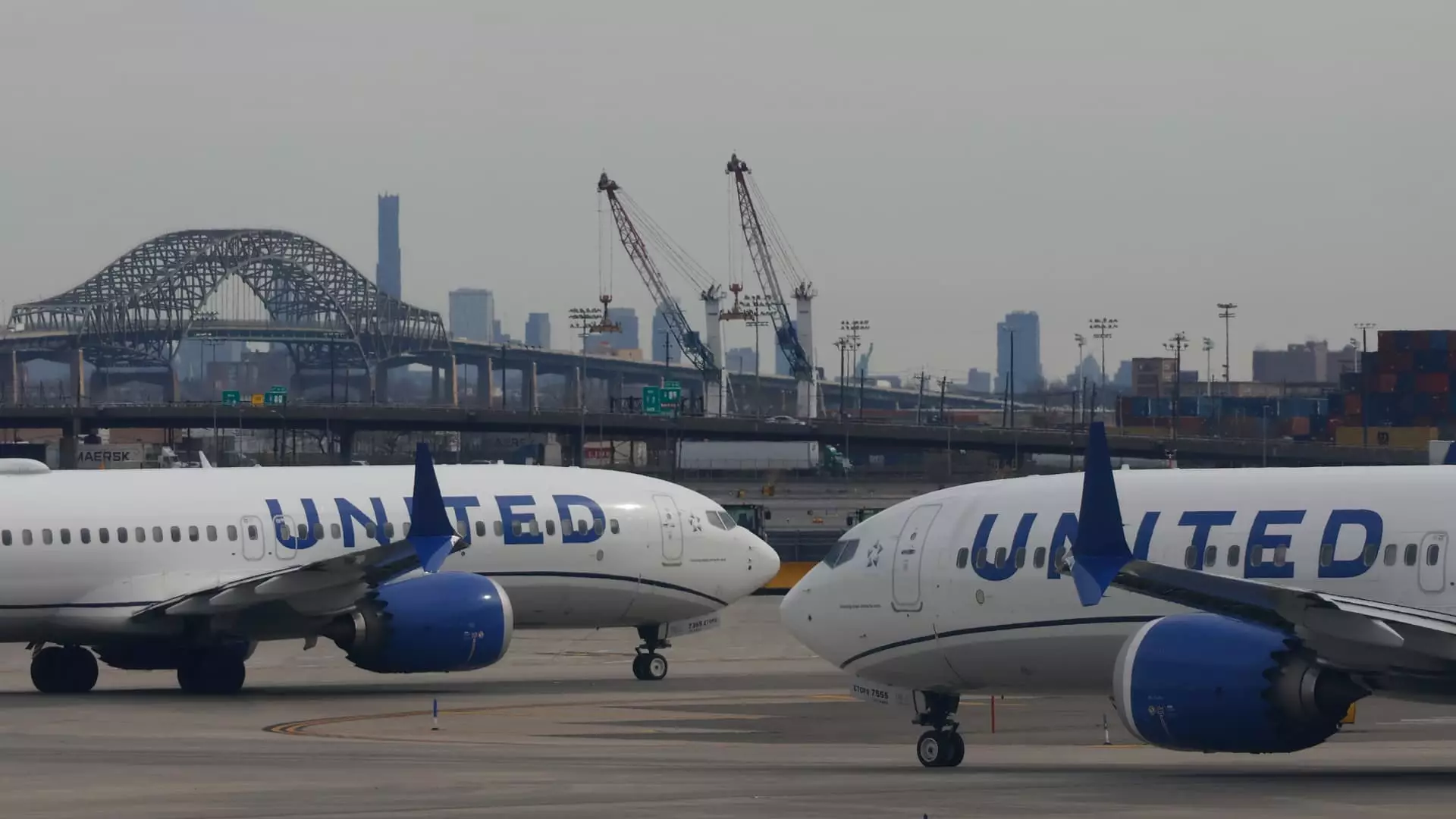This week, United Airlines announced the cancellation of 35 roundtrip flights each day from Newark Liberty International Airport due to overwhelming delays that left thousands of travelers stranded. This situation, while alarming, is not unexpected; it lays bare the deeply entrenched system failures that have plagued America’s airline industry for years. CEO Scott Kirby’s acknowledgement of these shortcomings and his resulting drastic measures signify the disturbing truth about air traffic management and its potential to ruin countless travel plans.
A Perfect Storm of Ineptitude
Air traffic control operations at Newark have been chronically understaffed, a situation aggravated by recent technology malfunctions. The realization that 20% of controllers “walked off the job” following these failures is a stark reflection of worker frustration. It raises questions about the adequacy of systems in place meant to ensure not only the efficiency of air travel but also the safety of passengers. If we can foresee such disruptions given the existing staffing shortages and technological limitations, then how can we creatively envision a brighter future for air travel?
The Federal Aviation Administration (FAA) has often been criticized for its inability to address these workforce shortages swiftly. Despite prior knowledge about staffing issues, the FAA’s guidelines lack the proactive measures necessary to create a robust solution. Instead, we are left watching as air travel, particularly at vital hubs like Newark, spirals into chaos. It seems that we are merely tinkering on the edges of systemic flaws, rather than engaging in meaningful reform.
The Role of Government and Accountability
It’s difficult not to point fingers at policymakers and regulatory bodies. The FAA has faced a barrage of criticism, yet viable solutions remain elusive. Transportation Secretary Sean Duffy’s recent visit to the Philadelphia air traffic control facility, pledging to commit to an overhaul of outdated technology, falls short of what is truly needed. What’s critical here is comprehensive change—not just a patch-up job on existing problems.
The promise of “an all-new air traffic control system” sounds promising, but without an actionable timeline, it feels more like lip service than a dedicated plan. Promises of investment in infrastructure are not sufficient if they do not come with clear accountability and execution timelines.
A Rippling Effect on Travelers
For travelers, the costs associated with these cancellations and delays are more than just financial. They represent lost time, missed commitments, and experienced frustration. United Airlines, in a somewhat admirable effort, announced that they would waive change fees and fare differences for those affected. While this may provide temporary relief, it doesn’t address the root problems of staffing and technology failures that plague the airline industry.
The human aspect of travel should not be overlooked; families and individuals depend on airlines for timely connections. The decision to cut flights, although necessary in the face of current failures, serves as a grim reminder of the inadequacies that persist in what is supposed to be a reliable service.
The Long Road to Reform: Hope Amidst Chaos
As we navigate through the current turmoil, it becomes increasingly important to advocate for and demand change in air traffic management. Cutting flights is merely a band-aid; change must occur in staffing, technology, and policy reforms. United Airlines’ predicament holds a mirror to the larger systemic issues prevalent in the aviation industry.
Citizens should weigh the increased inconveniences and pressure policymakers to prioritize not only the expansion of services but also the need for a meticulously planned overhaul of the aviation infrastructure. The chaotic travel landscape at Newark is not merely an aviation problem; it is symptomatic of broader infrastructural failings that demand immediate attention.
Change may not come easy, but it is necessary. As stakeholders in this realm, be they travelers, airlines, or government officials, we must collectively push for a revitalized approach to air traffic management—a change that not only meets the demands of today but also anticipates the needs of the future.

